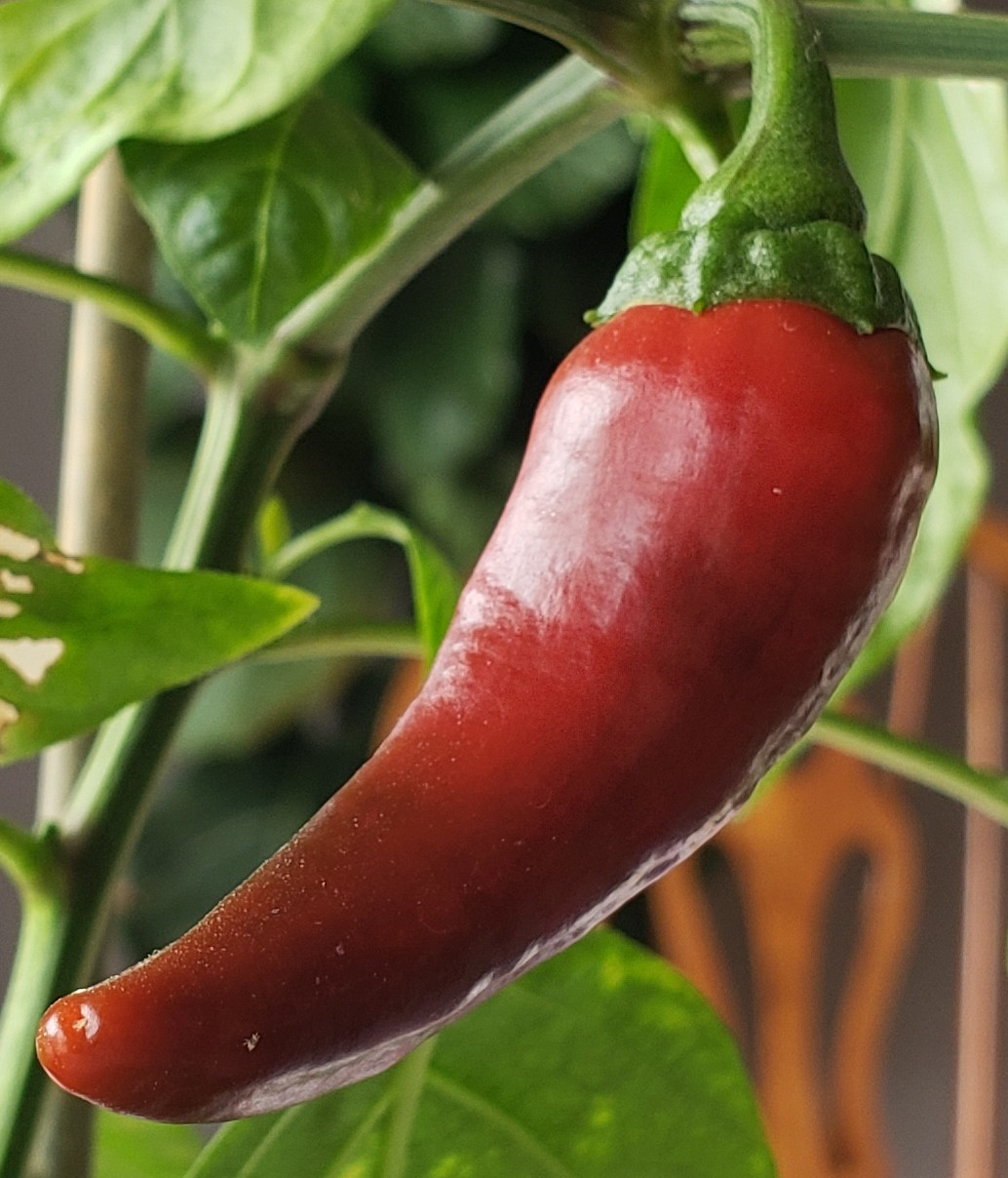Our aquatic wildlife is car batteries and lionfish
Blurst_Of_Times [he/him,they/them]
- 62 Posts
- 2.87K Comments
- Blurst_Of_Times [he/him,they/them]to
 ·4 years ago
·4 years agoI guess that makes sense. She mentioned wanting to hunt wolf lol
- Blurst_Of_Times [he/him,they/them]to
 ·4 years ago
·4 years agoHell yeah, I just finished typing up a quick intro in another response :greensicko:
- Blurst_Of_Times [he/him,they/them]to
 ·4 years ago
·4 years agoNTL;AR- All you need is a knife, some pumice-like stone and a decently loose pocket or bag. Once you find the plant you want, choose a stalk segment of medium thickness (too thin and they usually die, too thick and they have trouble adapting. So if you want to clone an orange tree, the ideal piece would be a thick green sprout that's juuust starting to turn woody). Then, making sure your section includes at least two nodes (the lumps on the branch from which new leaves sprout, hotbeds of cell growth), cut just below the bottom node at a 45 degree angle. This maximizes the exposed area of potential growth, which will make it easier for your cutting to grow new roots and become it's own plant.
Next, trim down the leaves to practically nothing-without the ability to draw water from the rest of the plant, the cutting will rapidly die of dehydration through it's leaves unless we severely limit it's respiration (it's needs are small now anyways). Most of my transplant deaths have been from failing to remove enough leaf matter because I felt bad. Be harsh now, and plant has better chance. Finally, put it in a temporary pot filled with pumice or some other light, porous rock. It allows the water to drain quickly, which prevents rot in the new stem as it grows roots. The survival rate of my cuttings shot up dramatically after I switched from dirt to pumice. Still, cloning plants this way is always a longshot, so expect about 2/3rds of them to die. The ones that survive grow up into full-ass free plants though, so :shrug-outta-hecks:
Just a couple things I noticed:
-Tropical plants are more vulnerable to air dehydration when first cut, but resistant to it after rooting. Spraying them with water occasionally helps a little
-Most succulents hold their breath during the day (I'm not kidding) and breathe at night to mitigate water loss. This makes them very tough and very water-retentive as well as growing new roots easily. They're ideal for beginners and how I first started. They are however vulnerable to rot from overwatering.
-If you want to turn a single stalk into a shrub, just keep cutting the tip off. That's where the vertical growth hormone is produced, and if it stops, horizontal growth hormones kick in to compensate
And yeah, that's about it for basics. There's rooting gels and powders you can buy, but I never really noticed a difference. So just head outside with a pocket knife and see what looks good to you. Happy hunting!
- Blurst_Of_Times [he/him,they/them]to
 ·4 years ago
·4 years agoNorway, which I don't know much about
- Blurst_Of_Times [he/him,they/them]to
 ·4 years ago
·4 years ago:heart-sickle:
- Blurst_Of_Times [he/him,they/them]to
 ·4 years ago
·4 years agoHeadlines from the background of a way-too-on-the-nose movie from the early 2000s, probably starring Ben Affleck or smthn idk
- Blurst_Of_Times [he/him,they/them]to
 ·4 years ago
·4 years agoI've half-finished a few horror stories, but always lost interest before finishing (ADHD is a fuck). Now though, I've got a concept that's kept me interested for over a year and a solid beginning, so I'm gonna try and power through. At least a little every day.
- Blurst_Of_Times [he/him,they/them]to
 ·4 years ago
·4 years agoThank you and thank you, I'm trying to become a fiction writer so that means a lot
:agony: :agony-acid: :agony-consuming: :agony-deep: :agony-immense: :agony-limitless: :agony-mescaline: :agony-soviet:
:agony-4horsemen: :party-blob: :bunker::sicko-crowd: :sicko-crowd::sicko-crowd:
BY THE EIGHT AGONIES OF CAPITALISM, BY THE PAIN PRISM OF PRIVATIZATION, I SUMMON THEE
- Blurst_Of_Times [he/him,they/them]to
 ·4 years ago
·4 years agoThe Tao te Ching is what brings me solace when all else fails
Oh god oh fuck he's gonna make me get down with the sickness
What the fuck are those sunglasses on the "american"? Does he have gigantic cartoon eyes or what?
- Blurst_Of_Times [he/him,they/them]to
 ·4 years ago
·4 years agoBeing right wing and spending your entire life from school onwards being angry at people for not liking you, name a more iconic duo.
- Blurst_Of_Times [he/him,they/them]to
 ·4 years ago
·4 years agoAt least this isn't getting buried like I thought it would
- Blurst_Of_Times [he/him,they/them]to
 ·4 years ago
·4 years ago"Look upon my lack of trapezius muscle, ye haters, and despair"
My new favorite thing is when they say things like "The Woke agenda" and "SJW communism" because it's like a little kid who just learned a new word but is still figuring out how to use it.
- Blurst_Of_Times [he/him,they/them]to
 ·4 years ago
·4 years agoNo, but I can pretend
:shocked-pikachu:
I just woke up after being lulled to sleep by last night's thunderstorm, and walked to my window.
The far mountains are covered with snow, and they glitter like vast geodes in the golden dawn.
Life is kinda cool.














Dying during your commute because it starts raining shillelaghs